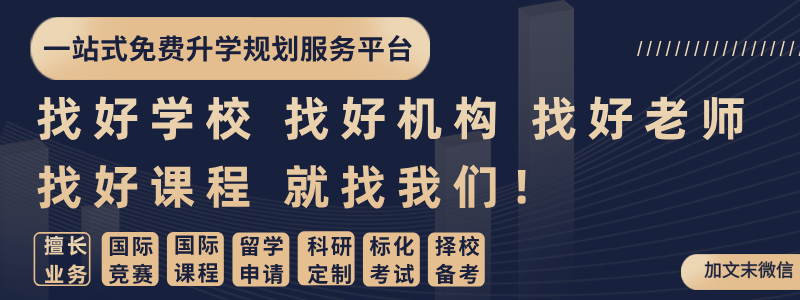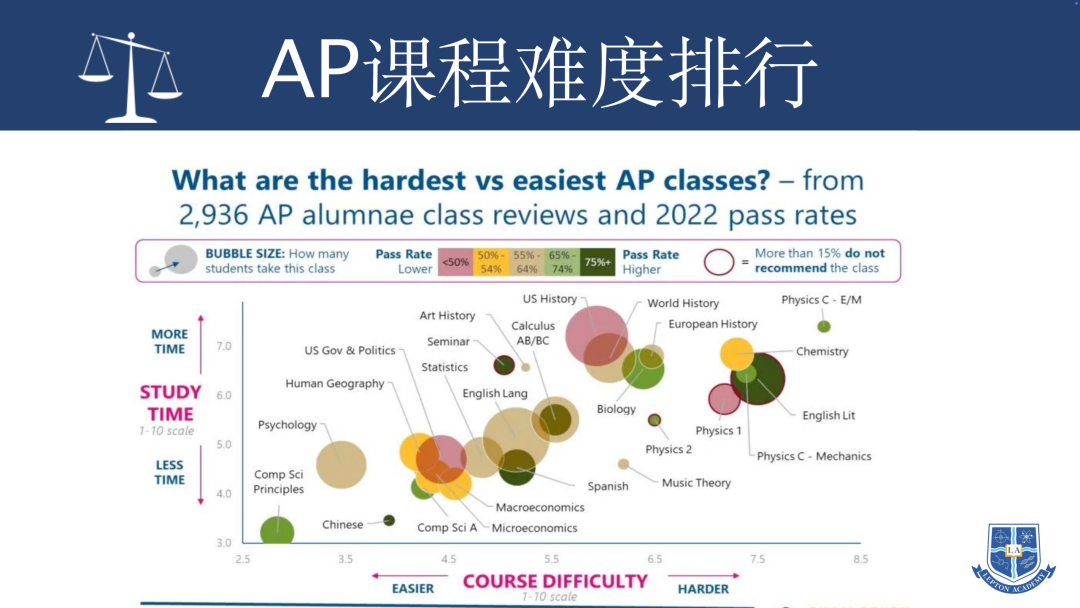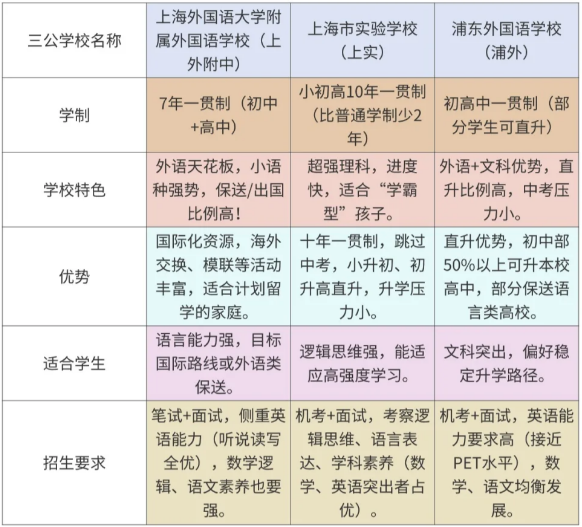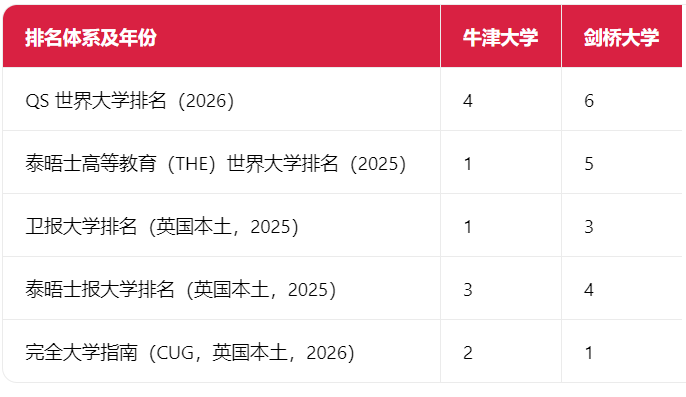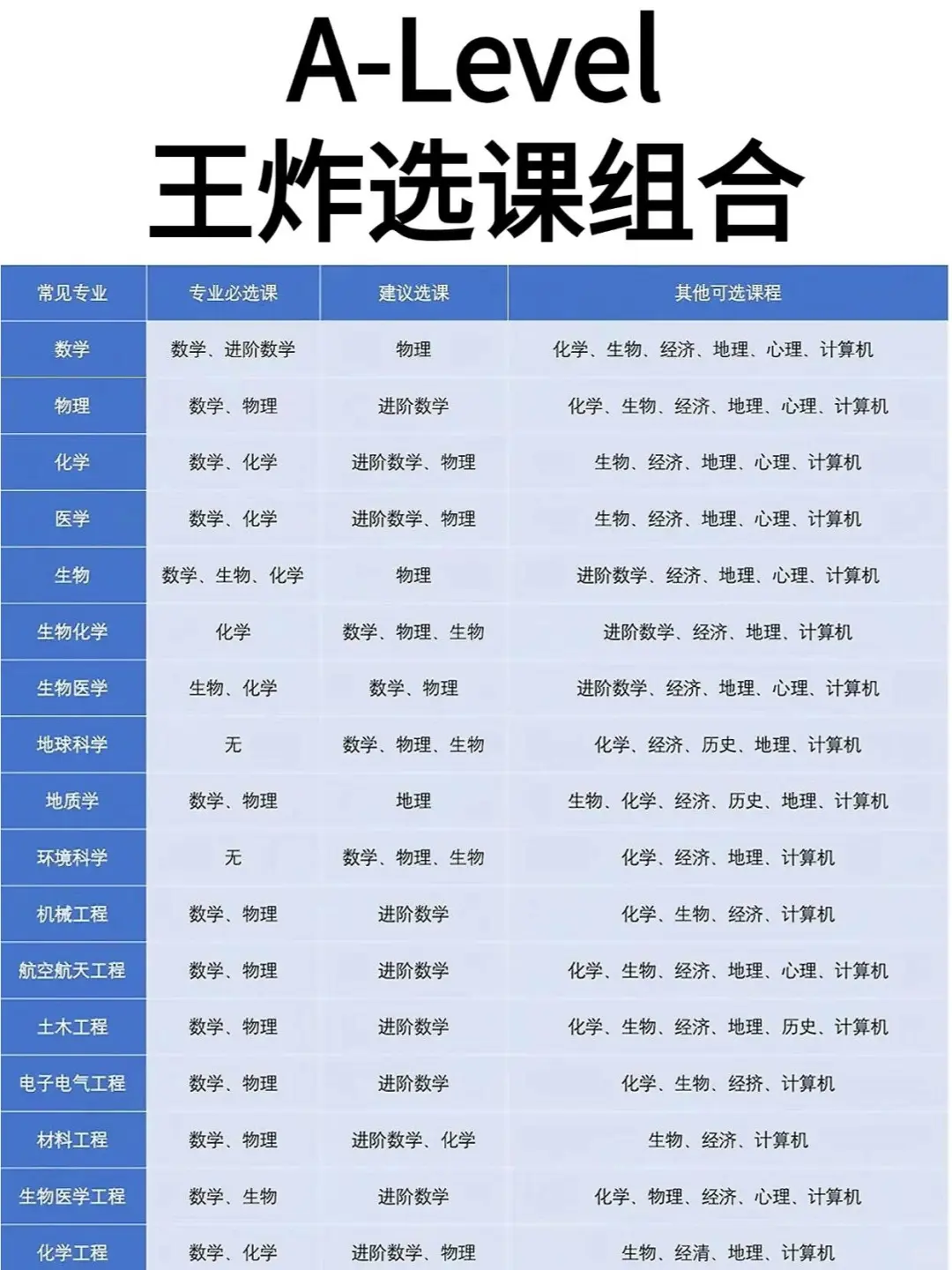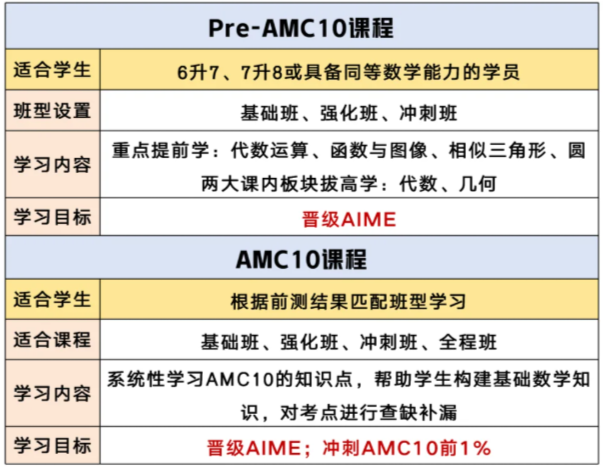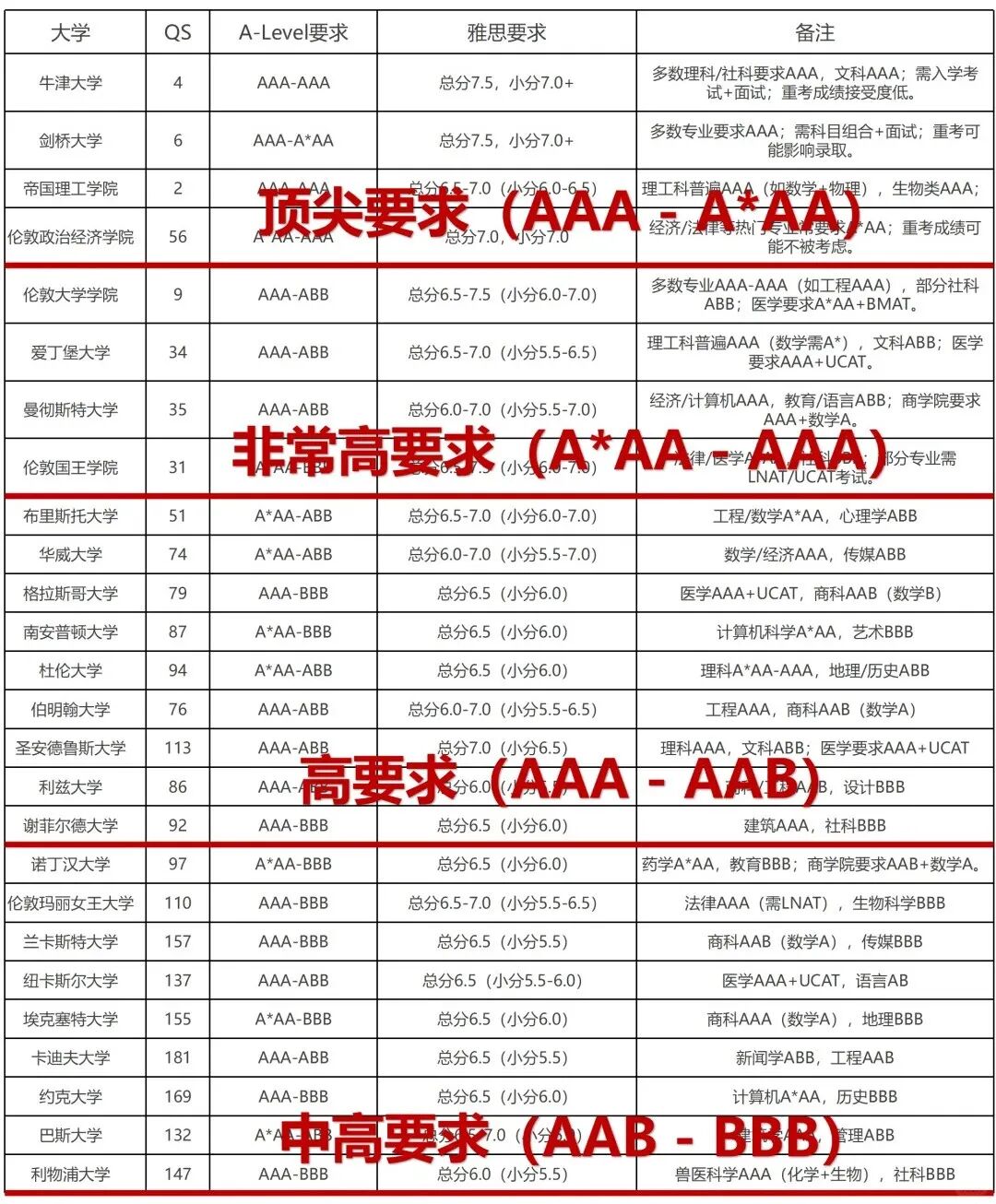很多刚到澳洲读书的学生在写英文essay时都会遇到同样的困惑,明明有很多想法,但写出来的文章逻辑混乱,经常收到导师这样的feedback: "Structure needs improvement"、"Your arguments lack clarity"...
这是因为中英文写作思维存在根本差异!
今天我们就来详细讲解澳洲学术写作中最常用的两大框架:PEEL和TEEL,帮助大家掌握地道的澳洲英文学术写作结构!
01、为什么需要写作框架?
中西方写作差异太大了
我们习惯的中文写作:
- 喜欢先铺垫,再慢慢点题
- 有时候会故意留点悬念
- "起承转合"的传统结构
- 比较含蓄,不会把话说得太直白
澳洲学术写作的要求:
- 开门见山,第一句就要明确观点
- 每个段落都有清楚的主题
- 逻辑链条要非常明显
- 绝对不能让读者猜你想表达什么
- 澳洲写作真的很看重结构!
老师在评分的时候大概是这样分配的:
- 论点是否清晰(Argument clarity)- 大概25%
- 证据是否充分(Evidence support)- 大概25%
- 逻辑结构(Logical structure)- 大概25%
- 语言表达(Language use)- 大概25%
你看,澳洲英文写作结构就占了四分之一的分数!所以框架真的很重要。
02、PEEL框架详解什么是PEEL?
PEEL在澳洲的使用率超级高,从高中到大学都在用:
- P - Point(观点)
- E - Evidence(证据)
- E - Explain(解释)
- L - Link(联系)
具体怎么用?
(1) Point - 观点句
这是每个段落的开场白,要一针见血地说出你的观点。
要点:
- 应该是该段落的第一句
- 观点要明确具体
- 与整篇文章的主题相关
- 避免模糊或过于宽泛的表述
举个例子:
- 好的观点句:"Social media significantly impacts teenagers' mental health by creatingunrealistic expectations."
- 不好的观点句:"Social media has many effects on young people."
(2) Evidence - 证据
这里要拿出真家伙—数据、研究、专家观点什么的。
注意:
- 来源必须可靠
- 与观点直接相关
- 需要正确的引用格式
示例:"According to a 2023 study by the Australian Psychological Society, 68% of teenagers reported feeling inadequate after viewing idealized images on social media platforms."
(3) Explain - 解释
这是最容易被忽视的部分,但也是最重要的!不能只是把数据摆在那里,要解释为什么这个证据支持你的观点。
要点:
- 不要简单重复证据
- 分析证据的深层含义
- 连接证据与观点的逻辑关系
- 体现你的批判性思维
示例:"This statistic demonstrates that social media creates a culture of comparison, where teenagers constantly measure themselves against carefully curated online personas. The gap between reality and these idealized presentations leads to feelings of inadequacy and self-doubt."
(4) Link - 联系
做个小结,将本段观点与下一段或整体论点联系起来。
功能:
- 总结本段要点
- 过渡到下一个观点
- 强化整体论证逻辑
示例:"Therefore, while social media offers connectivity benefits, its impact on teenagers' self-perception raises serious concerns that extend to their academic performance and social relationships."
PEEL段落完整示例
让我们看一个关于气候变化的完整PEEL段落:
Point:Renewable energy adoption is crucial for reducing Australia's carbon emissions.
Evidence:The Clean Energy Council reports that renewable sources now account for 35% of Australia's electricity generation, contributing to a 20% reduction in carbon emissions since 2018.
Explain:This significant shift demonstrates that renewable technologies are not only environmentally beneficial but also economically viable. The reduction in carbon emissions directly correlates with increased investment in solar and wind power infrastructure, proving that sustainable alternatives can effectively replace fossil fuel dependency.
Link:However, to achieve Australia's net-zero targets by 2050, further policy support and technological innovation will be essential, particularly in the transportation sector.
03、TEEL框架详解
TEEL框架构成
TEEL是PEEL的变体,在一些澳洲学校里会更常用:
- T – Topic sentence(主题句)
- E – Evidence(证据)
- E – Explain(解释)
- L – Linking sentence(联系句)
TEEL与PEEL的区别
相似之处:
- 都强调逻辑结构
- 都要求证据支撑
- 都需要详细解释
细微差别:
- TEEL的Topic sentence更强调话题引入
- PEEL的Point更直接表达立场观点
实际澳洲英文写作中,两个框架可以混着用,看你喜欢哪种风格。
TEEL段落完整示例
以教育科技为例:
Topic:The integration of artificial intelligence in education presents both opportunities and challenges for Australian schools.
Evidence:A recent study by Melbourne University found that AI-powered learning platforms improved student engagement by 45% and personalized learning outcomes by 60% across 200 participating schools.
Explain:These improvements occur because AI systems can adapt to individual learning speeds and styles, providing customized feedback that traditional classroom settings cannot offer. The technology identifies knowledge gaps in real-time and adjusts content difficulty, accordingly, ensuring that each student receives optimal challenge levels.
Linking:While these benefits are promising, concerns about data privacy and the digital divide must be addressed to ensure equitable access to AI-enhanced education.
04、实际应用技巧什么时候用哪个框架?
使用PEEL的情况:
- 议论文(Argumentative essays)
- 需要强烈立场表达的作业
- 辩论类写作任务
使用TEEL的情况
- 说明文(Expository essays)
- 分析类作业
- 客观描述类的作业
05、容易犯的错误
问题1:证据不够
很多同学写观点的时候头头是道,但一要证据就卡壳了。
解决方法:
- 平时多收集资料
- 学会用学校的数据库找权威资源
- 记录详细的引用信息
问题2:有证据不会解释
千万不要以为放个数据就完事了!
解决方法:
- 问自己"所以呢?这说明了什么?"
- 分析证据的深层意义
- 把证据和观点之间的逻辑关系说清楚
问题3:段落之间跳跃太大
每个段落不能自成一体。
解决方法:
- 使用过渡词语(However,Furthermore,In contrast)
- 确保每段都服务于整体论证
- 让整篇文章读起来像一个完整的论证
06、练习建议和提升方法
段落重写练习
- 选择一篇文章的段落
- 用PEEL/TEEL框架重新组织
- 对比原文和改写版本的差异
观点分解练习
- 选择一个复杂话题
- 将其分解为多个具体观点
- 为每个观点寻找相应证据
说实话,刚开始用这些澳洲英文写作框架的时候可能会觉得有点僵硬,但熟练了之后你会发现,它们真的能让你的思路更清晰,澳洲写作效率也会大大提高。
同学们一定要记住,好的澳洲学术写作不是靠灵感,而是靠系统的训练和正确的方法。掌握了PEEL和TEEL,你的澳洲英文essay结构分基本就稳了!


